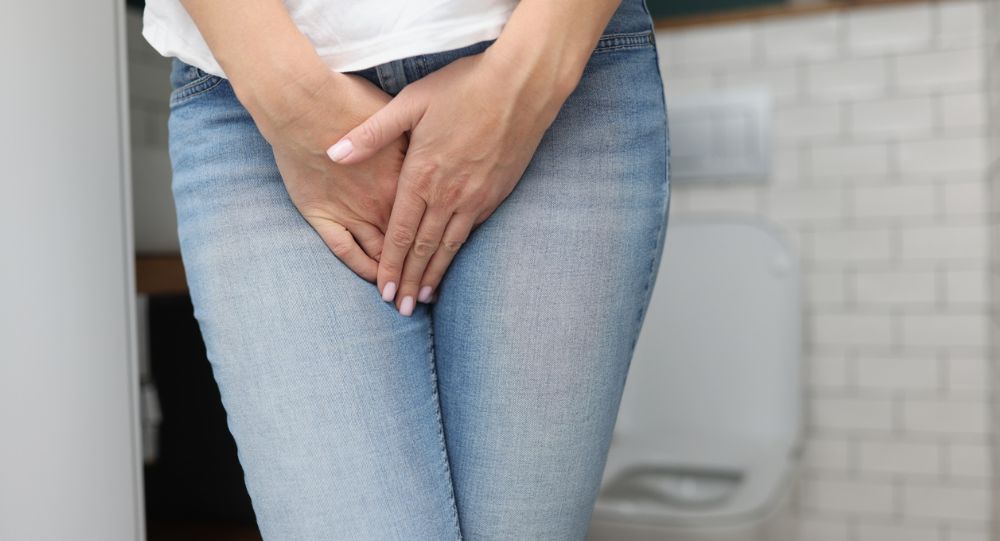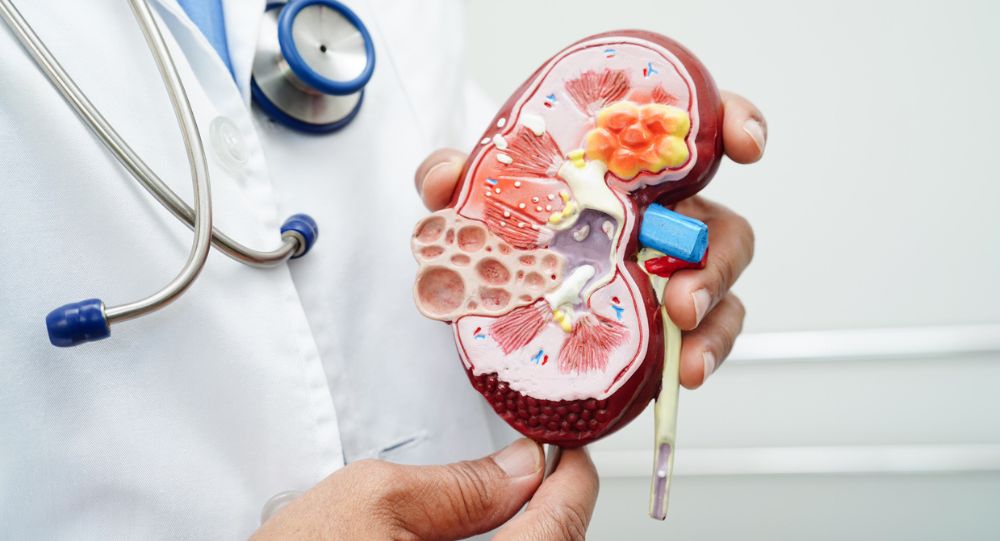Your kidneys are one of the most crucial organs in the body. These bean-shaped organs filter waste products, regulate fluid balance, and produce hormones that control the body’s metabolism. Therefore, it is important to keep your kidneys functioning at their best. Adopting a low-oxalate diet may be pivotal in supporting kidney health, and making mindful choices can significantly impact kidney function and longevity.
Kidney stones affect roughly 1 in 11 Americans and may cause infection, kidney damage, and even kidney failure. These stones are often composed of calcium oxalate. A low-oxalate diet may be beneficial in managing kidney stone risk and help in boosting kidney health.
What Are Oxalates?
Oxalates are naturally occurring substances found in a wide range of foods. These small, hard mineral deposits can bind with calcium in the body and form crystals. When these crystals accumulate, they can form kidney stones. A low-oxalate diet is essential in reducing the risk of developing kidney stones, especially for those prone to the condition.
While it may not be practical or necessary to eliminate high-oxalate foods, moderation and informed choices are key. By being mindful of the oxalate content in foods and incorporating a variety of low-oxalate alternatives, individuals can strike a balance that supports their kidney health.
Foods to Avoid on a Low-oxalate Diet
Understanding the role of oxalates in kidney stone formation and making conscious choices to manage their intake can help you take proactive steps toward reducing the likelihood of kidney stone occurrence. The following are some foods to avoid if you’re following a low-oxalate diet:
- Beans
- Swiss chard
- Collards
- Kale
- Leeks
- Okra
- Sweet potatoes
- Instant coffee
- Draft beer
It’s worth mentioning that maintaining a low-oxalate diet should be done in consultation with a healthcare professional or a registered dietitian. They can provide personalized guidance based on your specific needs, medical history, and overall dietary requirements. For a more comprehensive list of oxalate-rich foods, refer to this list by The Kidney and Hypertension Center.
Low-oxalate Foods to Incorporate Into Your Diet
Although following a low-oxalate diet may seem difficult to follow, plenty of foods have little to no oxalates and can be eaten as desired. If you’re looking to reduce your oxalate intake, the following are some of the low-oxalate foods that may be incorporated into your diet:
- Eggs
- Cheddar cheese
- Lean lamb, beef or pork
- Poultry
- Seafood
- Radishes
- Avocado
- Brussels sprouts
- Rice
- Noodles
These are just a few foods that can be incorporated into a low-oxalate diet. Eating balanced meals and snacks is paramount in managing oxalate intake and should include foods rich in essential nutrients like vitamins, minerals, protein, and dietary fiber. Sticking to low-oxalate foods and staying hydrated are some of the best ways to keep your kidneys healthy and functioning optimally.
Strategies for Meal Planning and Preparation
Meal planning and preparation are necessary components of successfully adopting a low-oxalate diet. The following strategies can help ensure your meals are balanced, varied, and aligned with your goals. With a clear plan, navigating the grocery store and making decisions in the kitchen can become manageable. Consider the following recommendations when planning meals and snacks:
Educate Yourself
Familiarize yourself with the oxalate content of different foods. Keep a list of high, moderate, and low-oxalate foods handy, and refer to it when planning your meals. This will help you make informed decisions and create a well-rounded low-oxalate diet. When eating foods that are moderate in oxalate content, limit your intake to no more than two servings a day.
Seek Variety
Aim for a diverse range of foods in your meals to ensure you receive a broad spectrum of nutrients. Eat low-oxalate vegetables, fruits, grains, pasta, and lean proteins to add variety to your diet while keeping oxalate levels in check. Eating the same foods each day can be boring and may lead to inadequate nutrient intake. Having a variety of foods available helps you stay on track and may make it easier to adhere to your diet.
Portion Control
Moderation is key, especially for foods with moderate oxalate content. Pay attention to portion sizes to help manage your overall oxalate intake. Remember, it’s not just about eliminating high oxalate foods but also being mindful of how much moderate oxalate foods you consume.
Read Food Labels
When grocery shopping, read food labels carefully. Look for hidden sources of oxalates, such as packaged foods, sauces, and condiments. In addition, some food additives or preservatives may contain oxalates, so it’s important to be aware of their presence in processed items. When it comes to making healthier choices, reading labels is vital.
Plan Ahead
Set aside dedicated time for meal planning and preparation. Create a weekly meal plan, make a shopping list, and batch cook when possible. Having low-oxalate meals and snacks readily available can help you stay on track and avoid making impulsive food choices. If you are having trouble coming up with ideas, many recipe-finder tools online can help you find delicious and nutritious low-oxalate recipes.
Improve Your Kidney Health at The Kidney and Hypertension Center
Are you ready to take a proactive approach to your kidney health? The Kidney and Hypertension Center is devoted to helping individuals prevent, manage, and treat kidney disorders and hypertension. With specialized care and comprehensive treatments, we can help you optimize your kidney health. Request an appointment today to learn more about our services and how we can support you on your path toward better kidney health.




